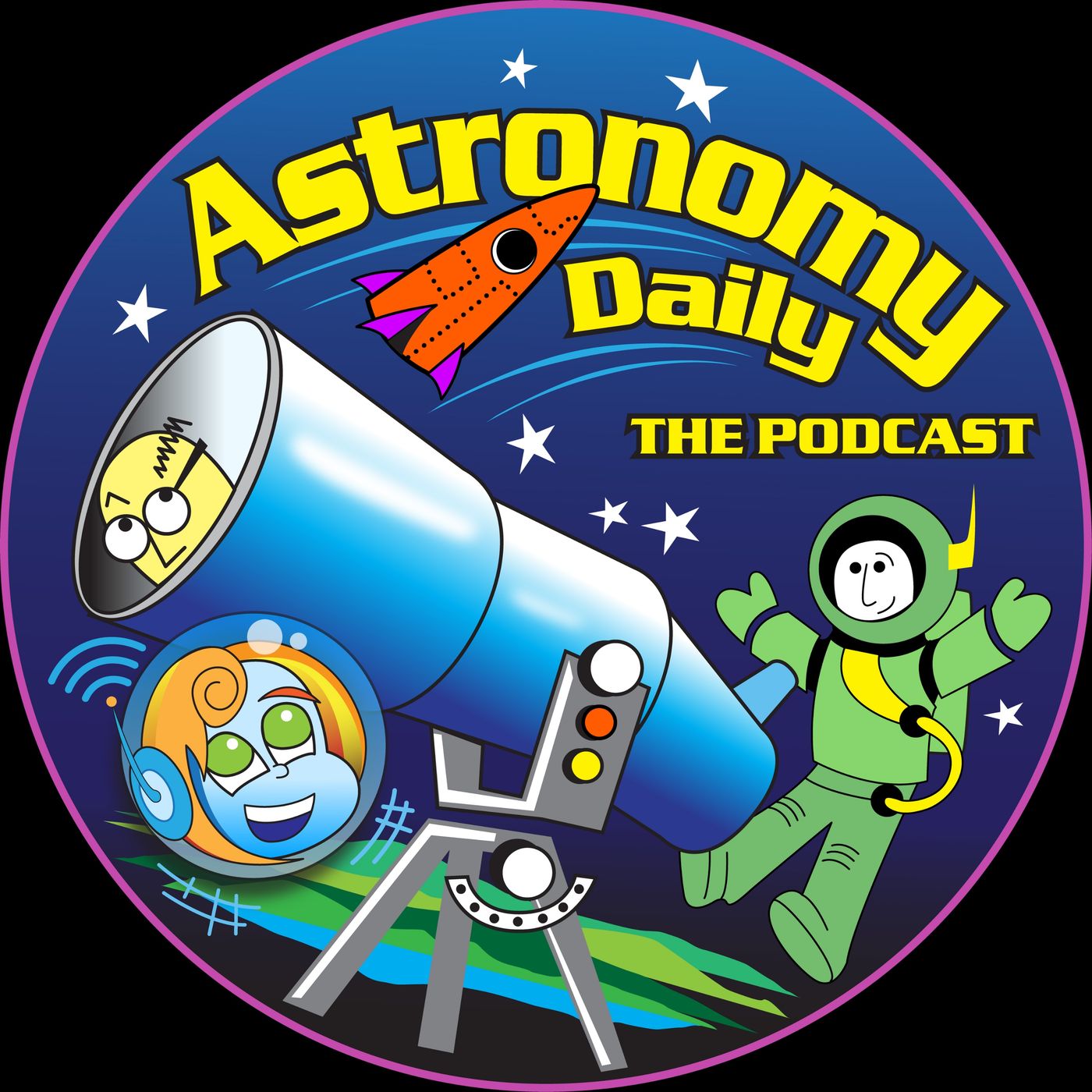Astronomy Daily: Space News Updates
Join hosts Anna & Avery for daily Space & Astronomy news, insights, and discoveries.Give us 10 minutes and we'll give you the Universe!For more visit, our website and sign up for the free daily newsletter and check out our continually updated newsfeed. www.astronomydaily.io.Follow us on X (formerly Twitter), Facebook, YouTube and TikTok ...just search for AstroDailyPod. Enjoy!Become a supporter of this podcast: https://www.spreaker.com/podcast/astronomy-daily-space-news-updates--5648921/support.
From Rocket Crashes to Cosmic Balances: Your Daily Space Update

In this episode, we navigate through a range of significant stories impacting the space industry today. We begin with a setback for South Korea's Innospace, as their Hanbit Nano rocket tragically crashes just 30 seconds after liftoff from Brazil's Alcantara Space Center. While the company cited a vehicle abnormality, the incident raises questions about the challenges faced by emerging private space firms. Next, we take a fascinating journey back in time to explore a period when Earth's day lasted only 19 hours. New research reveals a unique balance between lunar and solar forces that maintained this rhythm for a billion years, potentially...
From Paraplegic Astronauts to a Lemon-Shaped World: Your Daily Space Update

In this episode, we celebrate remarkable advancements in space exploration and the intriguing discoveries that challenge our understanding of the universe. We kick off with the inspiring story of Michaela Benthaus, who has made history as the first paraplegic and wheelchair user to fly to space aboard Blue Origin's New Shepard rocket, showcasing the importance of accessibility in space travel. Next, we delve into NASA's groundbreaking PUNCH mission, which is set to provide an unprecedented view of the solar wind, allowing us to track solar phenomena and improve space weather forecasting like never before.Shifting our focus to lunar exploration...
From Comet Closures to Space Station Shifts: Your Daily Astronomy Update

In this episode, we bid farewell to the interstellar comet 3I/Atlas as it completes its closest approach to Earth, offering a glimpse into a cosmic journey that spans billions of years. We discuss the Parker Solar Probe's remarkable 26th close approach to the Sun, where it continues to gather critical data about solar activity at a staggering speed of 430,000 miles per hour. In a more whimsical turn, we share the exciting news of a public contest to design a mascot for NASA's Artemis 2 mission, highlighting the incredible engagement from around the globe.Shifting gears, we delve into the enigma...
From Titan's Slush to Interstellar Visitors: Space News Roundup
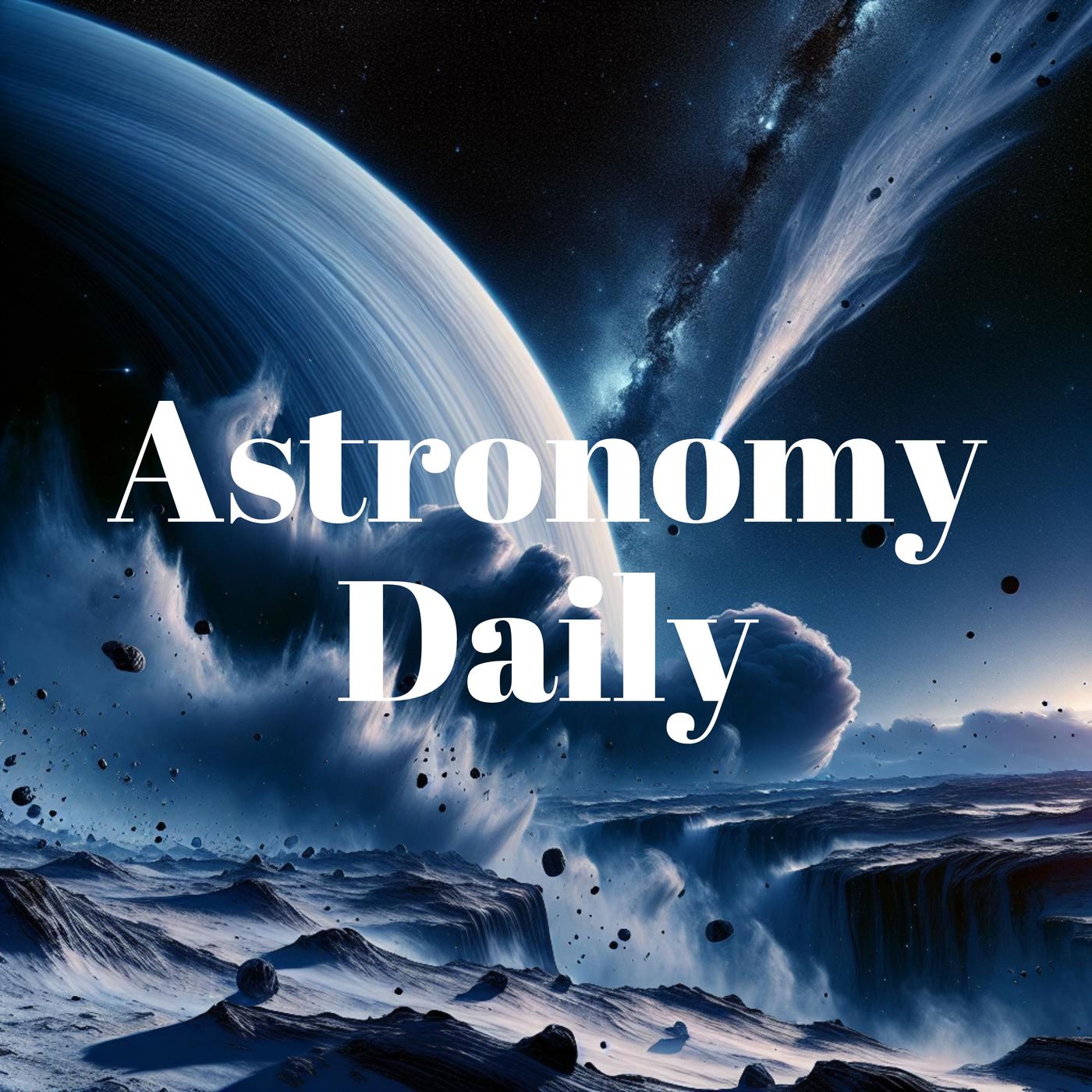
In this episode, we journey through a captivating array of discoveries and cosmic events that challenge our understanding of the universe. We kick off with a surprising revelation about Titan, Saturn's largest moon, where new analysis suggests its interior may be a thick, warm slush rather than a vast ocean, complicating the search for extraterrestrial life. Next, we discuss a recent anomaly involving SpaceX's Starlink satellites that resulted in a satellite breaking apart, raising concerns about space debris and its implications for future missions.Shifting gears, we delve into the implications of President Trump's executive order on national space policy...
NASA's New Leader, a Runaway Black Hole, and Mars' Geological Secrets
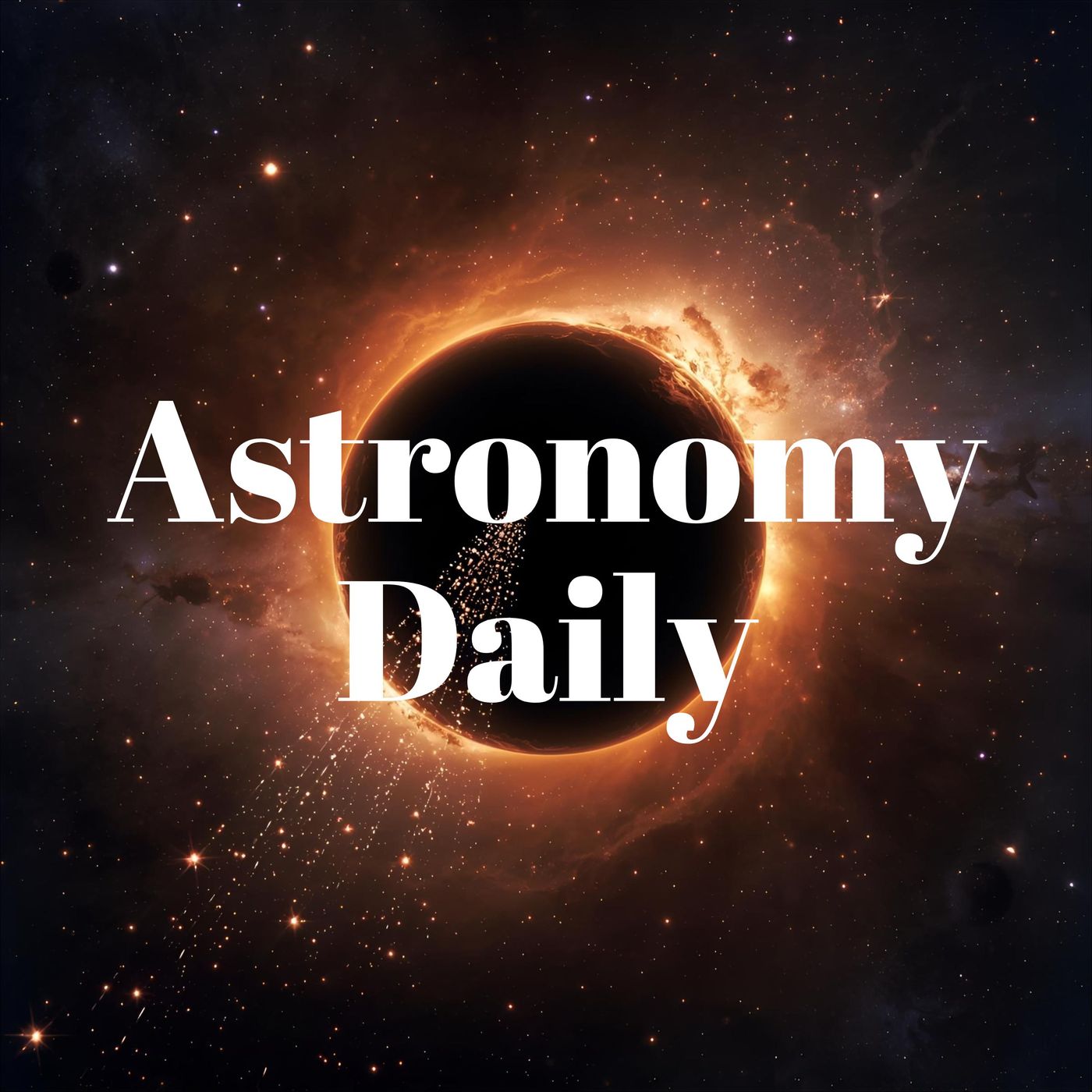
In this episode, we explore a series of groundbreaking developments in space exploration and astronomy. We start with the monumental announcement of Jared Isaacman, the billionaire entrepreneur and astronaut, as the new head of NASA, signaling a potential shift towards more commercially driven missions. Next, we delve into the astonishing discovery of a supermassive black hole racing through intergalactic space, leaving a trail of newborn stars in its wake—an incredible testament to the capabilities of the James Webb Space Telescope. We then turn our attention to Mars, where the Perseverance Rover has traveled nearly 25 miles, uncovering geological treasures that ma...
Earth-Like Planet Abundance, Alien Signals, and a Milestone Mars Image

In this episode, we dive into some thought-provoking topics that could reshape our understanding of the universe. A groundbreaking study introduces the immersion theory, suggesting that Earth-like planets may be far more common than previously believed, thanks to the explosive influence of nearby supernovae. We also explore the Eschtachian hypothesis, which proposes that our first contact with extraterrestrial life might come in the form of a powerful signal from a civilization in distress. Additionally, we highlight an exciting week of record space launches, including China's Long March 12A rocket and South Korea's Hanbit Nano. We celebrate a significant milestone for...
A Silent Mars Orbiter Update, Interstellar Comet Encounters, and Mining the Cosmos
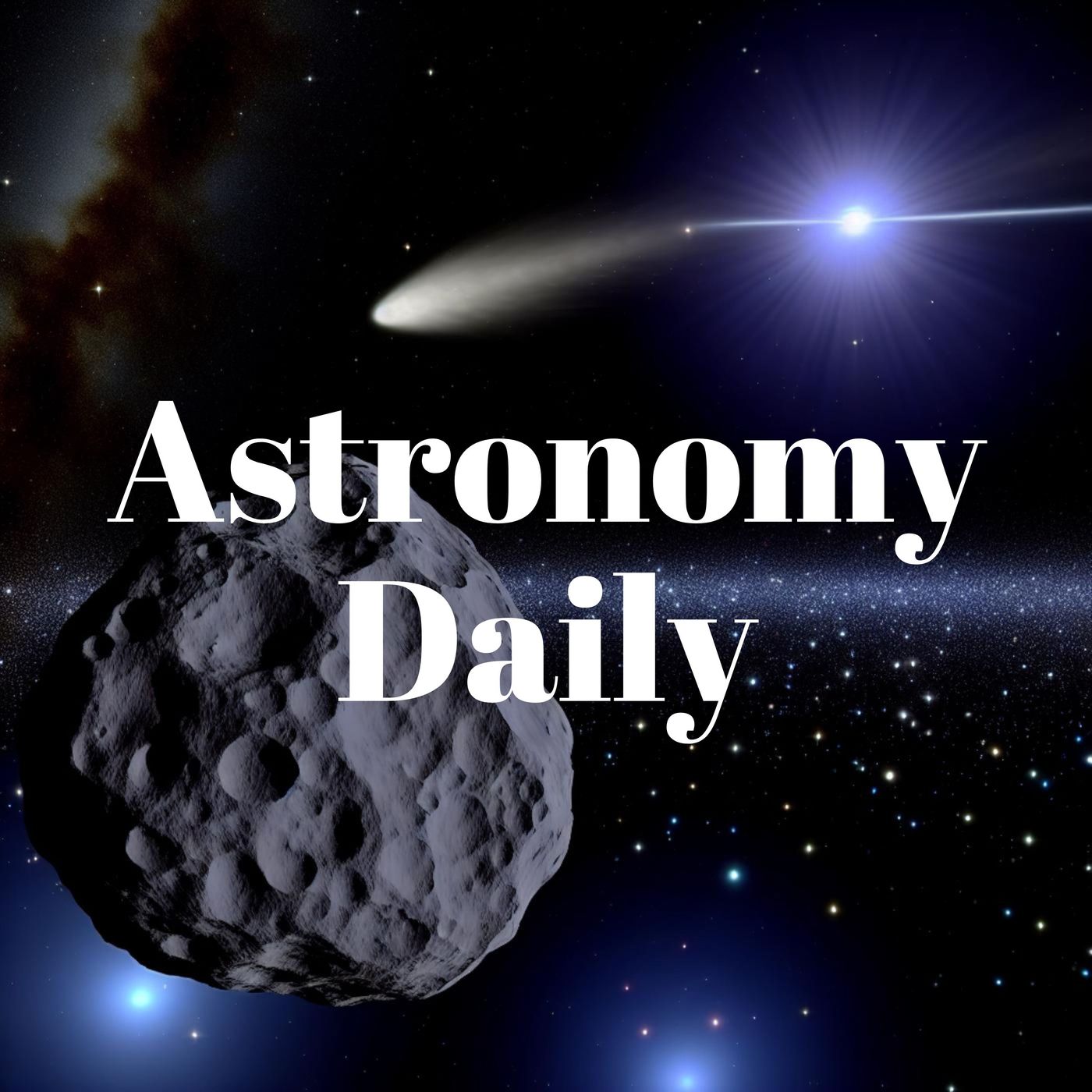
In today's episode, we cover a wide array of intriguing updates from the cosmos, including a concerning communication loss with NASA's MAVEN spacecraft at Mars and the implications of its potential silence for ongoing research. We also highlight a successful rendezvous between two private spacecraft, showcasing advancements in autonomous orbital technologies. Additionally, we discuss the upcoming close approach of interstellar comet 3I Atlas, the fascinating discovery of primordial "dinosaur stars" by the James Webb Space Telescope, and the stunning visuals from the recent Gemin meteor shower. Finally, we explore the future of asteroid mining and its potential to revolutionize space...
Google's Galactic Data Centres, Near Misses in Orbit, and Mars' Hidden Influence
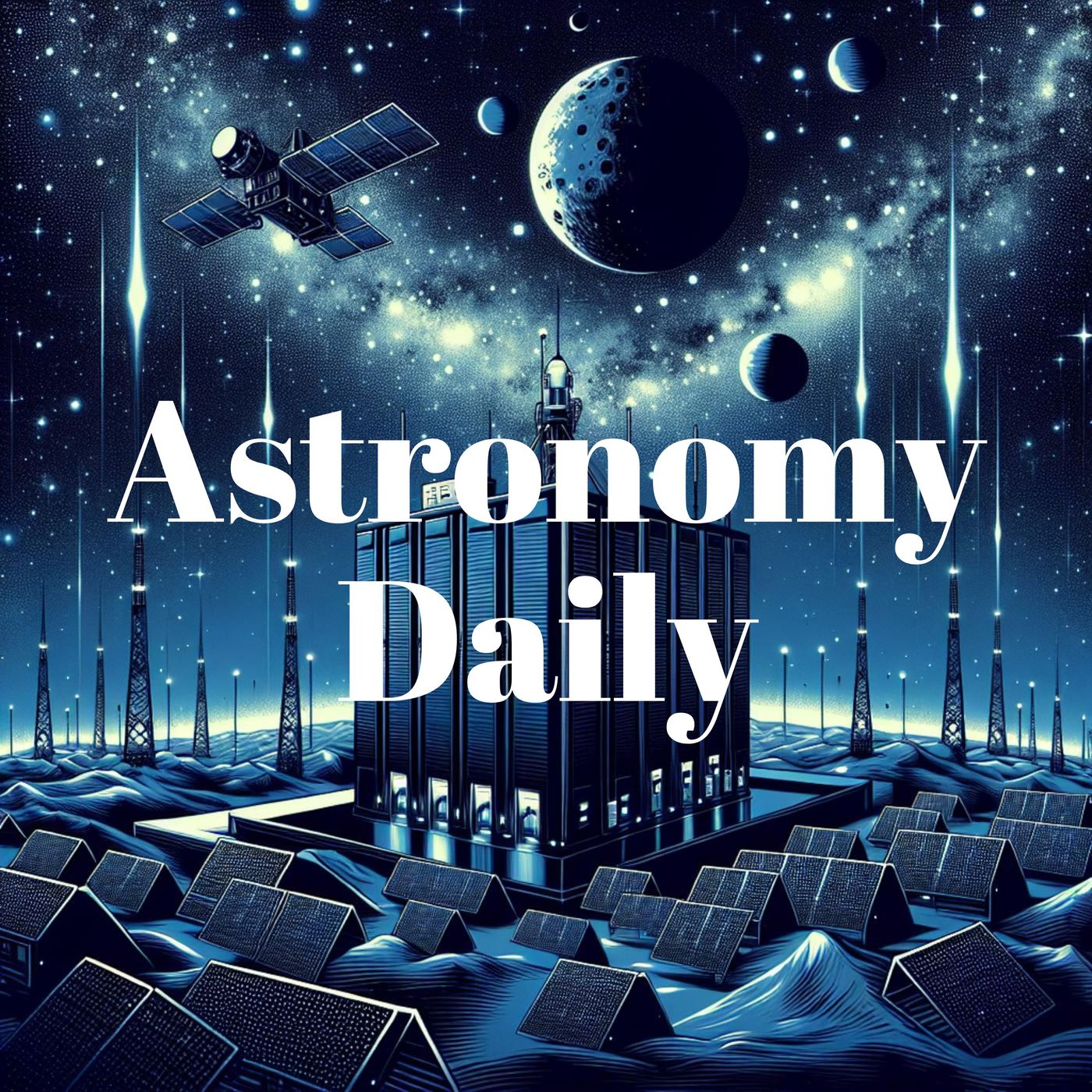
In today's episode, we delve into a series of captivating stories from the cosmos, including Google's ambitious Project Suncatcher, which aims to build data centers in space, harnessing solar power and the cold vacuum of space for efficiency. We also discuss a close encounter between a Chinese spacecraft and a SpaceX Starlink satellite, highlighting the urgent need for better space traffic management. Additionally, we explore a new theory suggesting that a rogue planet may have reshaped our solar system, and how Mars has been subtly influencing Earth's climate over millennia. To cap it off, we celebrate a remarkable milestone for...
Galactic Maps, Colour-Changing Spacesuits, and the Moon's Hidden Resources
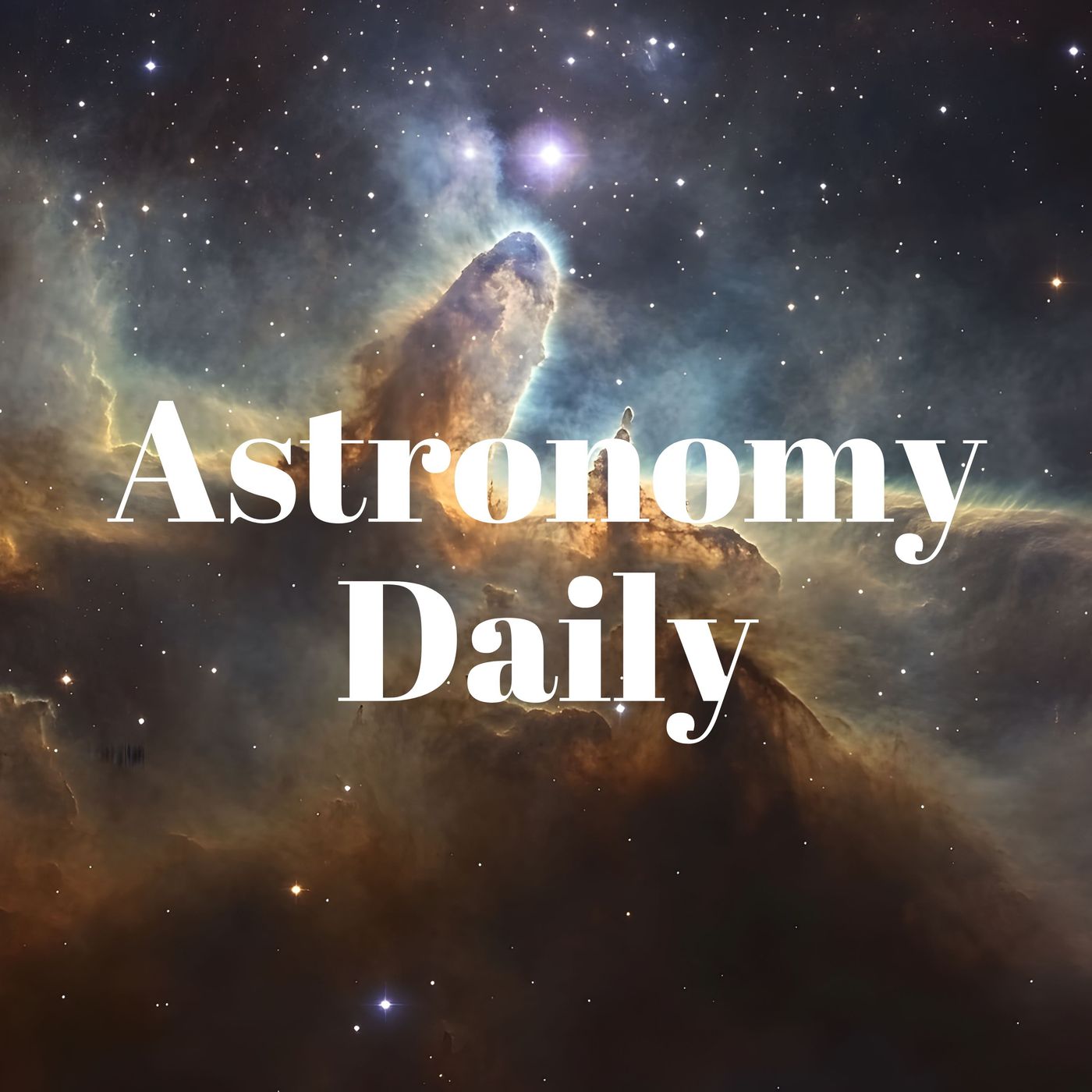
Episode Summary
In today's episode, we explore a myriad of fascinating developments in space science, ranging from a groundbreaking new galactic map created by NASA's Nancy Chris Roman Space Telescope to innovative color-changing spacesuits designed to protect astronauts from radiation. We also discuss how Earth's magnetosphere may be enriching the Moon's soil with vital resources, a busy month for the International Space Station, and SpaceX's potential plans for an IPO. Finally, we take a closer look at Comet 3i ATLAS, which has been observed glowing in X-ray light, providing new insights into its composition and origins.
### Ti...
Wheelchair Astronaut, Cosmic Fireworks, and the Race to Mine the Moon
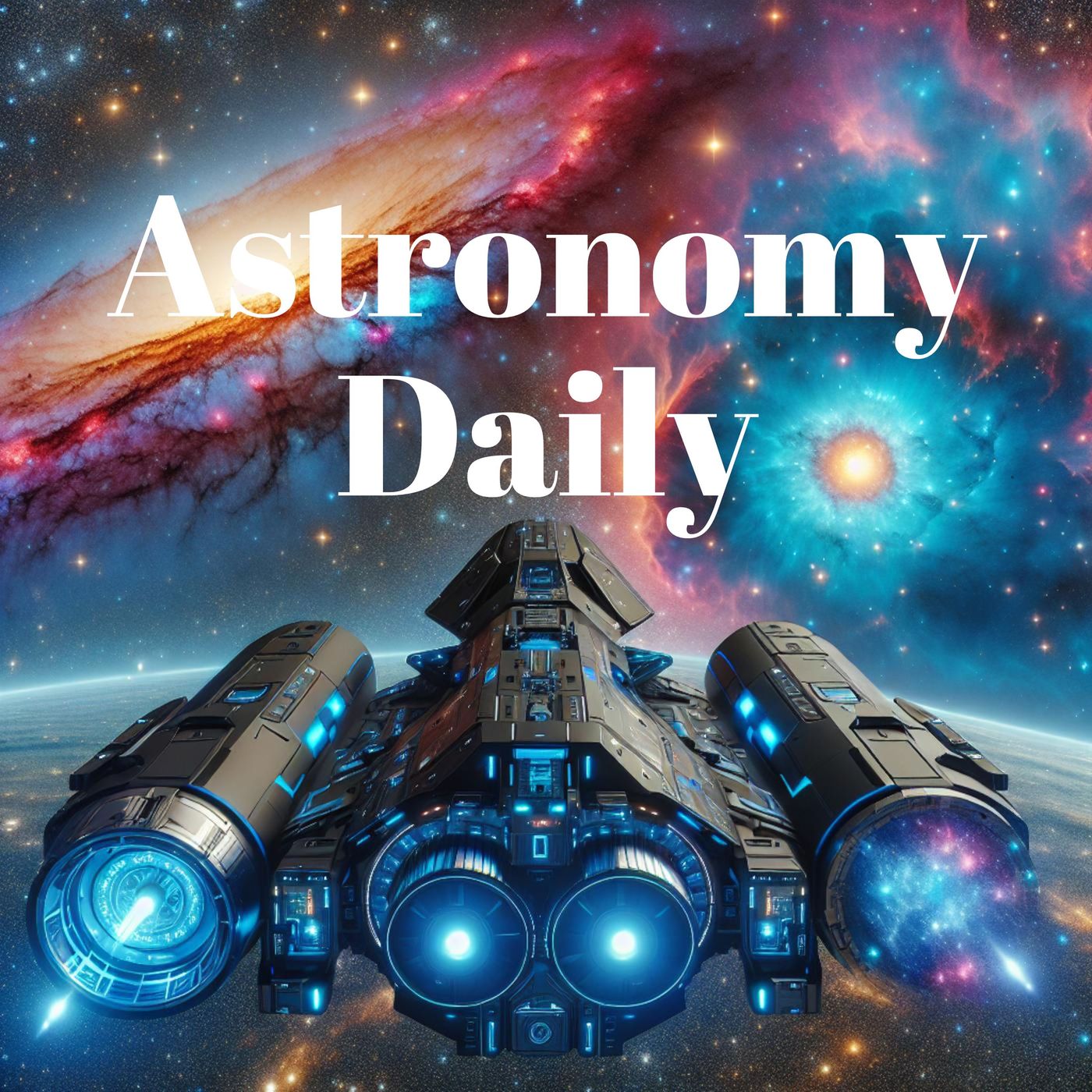
### Episode Summary
Today’s episode features groundbreaking developments in space exploration, including the historic journey of Michaela Benthouse, the first wheelchair user set to fly to space aboard Blue Origin's NS37 mission. We also delve into a major survey of the Magellanic Clouds, revealing insights into their interaction with our Milky Way. Additionally, we discuss surprising findings from NASA's Parker Solar Probe regarding solar recycling, the new race for lunar resources, and the upcoming celestial fireworks from the binary star system V Sagittae. Finally, we explore the innovative Ristretto instrument aimed at studying Proxima B, our nearest exop...
Mars Mishaps, Earthly Tails, and the Hungry Hippo Rocket Fairing

Episode Summary
Today’s episode dives into a whirlwind of cosmic news, featuring a communications hiccup with NASA's MAVEN orbiter at Mars, the astonishing discovery of Earth's magnetic tail, and the unveiling of NASA's new Rover Operations Center. We also explore the intriguing hints of a methane-rich atmosphere on an exoplanet detected by the James Webb Space Telescope, a groundbreaking dual-mode drone from China, and Rocket Lab's innovative "Hungry Hippo" fairing design for their upcoming neutron rocket.
### Timestamps & Stories
01:05 – **Story 1: MAVEN Orbiter Loses Contact with Earth**
**Key Facts**
- NASA's MAVEN orbiter h...
Spacewalks, Supernovas, and the Mysteries of Super Jupiters

### Episode Summary
A thrilling spacewalk at the Tiangong Space Station, the discovery of the oldest supernova witnessed by the James Webb Telescope, and new insights into the chaotic nature of Super Jupiters highlight today's episode. We also explore the powerful winds generated by a supermassive black hole, showcasing the dynamic interactions in our universe.
### Timestamps & Stories
01:05 – **Story 1: Marathon Spacewalk at Tiangong Space Station**
**Key Facts**
- Two astronauts from the Shenshou 21 mission conducted an 8-hour spacewalk to inspect damage on the Shenshou 20 return capsule, struck by space debris.
- Installation of new...
Stellar Explosions, Galactic Surprises, and the Controversial Light Beaming Plan

### Episode Summary
Real-time images of exploding stars, a surprisingly “gentle” supermassive black hole, the return of a long-duration Soyuz crew, a packed week of launches, Subaru’s first new exoplanet and brown-dwarf finds, and a controversial plan to light up the night sky with orbital mirrors.
### Timestamps & Stories
00:00 – Cold Open
00:35 – Intro
01:05 – **Story 1: Astronomers watch novae explode in real time**
**Key Facts**
- First-ever direct imaging of two novae as they erupted using the CHARA optical interferometer
- V1674 Herculis: fastest nova on record; brightened & faded in days; showed two pe...
Interstellar Mysteries, Solar Celebrations, and the AI Propulsion Revolution
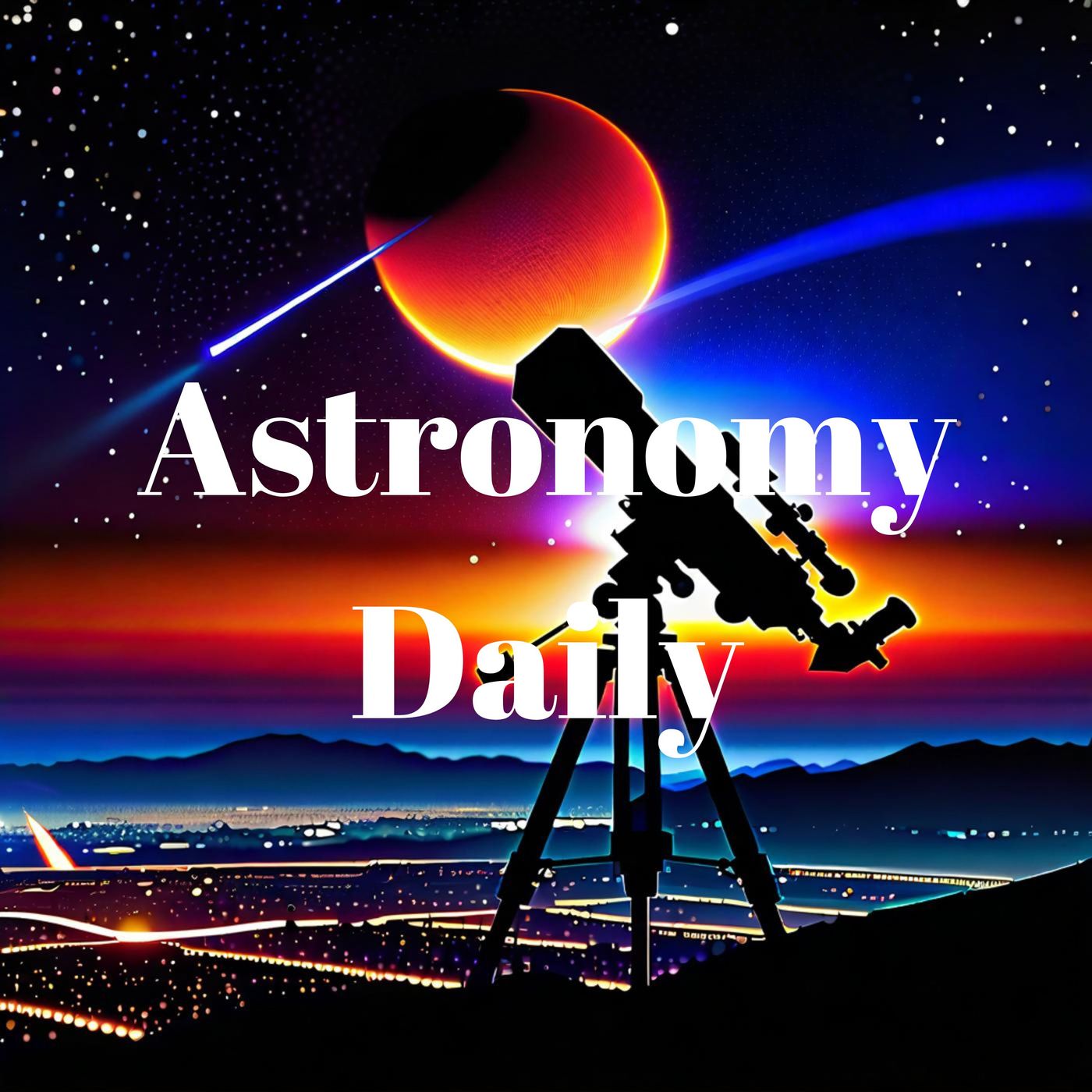
Mysterious Interstellar Object 3i Atlas: The interstellar object 3i Atlas is back in the spotlight, exhibiting strange behavior that has scientists puzzled. With non-gravitational acceleration and focused jets forming an anti-tail, its upcoming close approach to Earth on December 19th has prompted coordinated space defense drills among various nations, raising intriguing questions about its true nature.SOHO's 30th Anniversary: Celebrating 30 years of operation, the Solar and Heliospheric Observatory (SOHO) has not only revolutionized solar science but has also discovered over 5000 comets, making it the most prolific comet hunter in history. Its resilience and contributions to understanding sp...
Cosmic Filaments, Earth 2.0, and Mayonnaise in Space
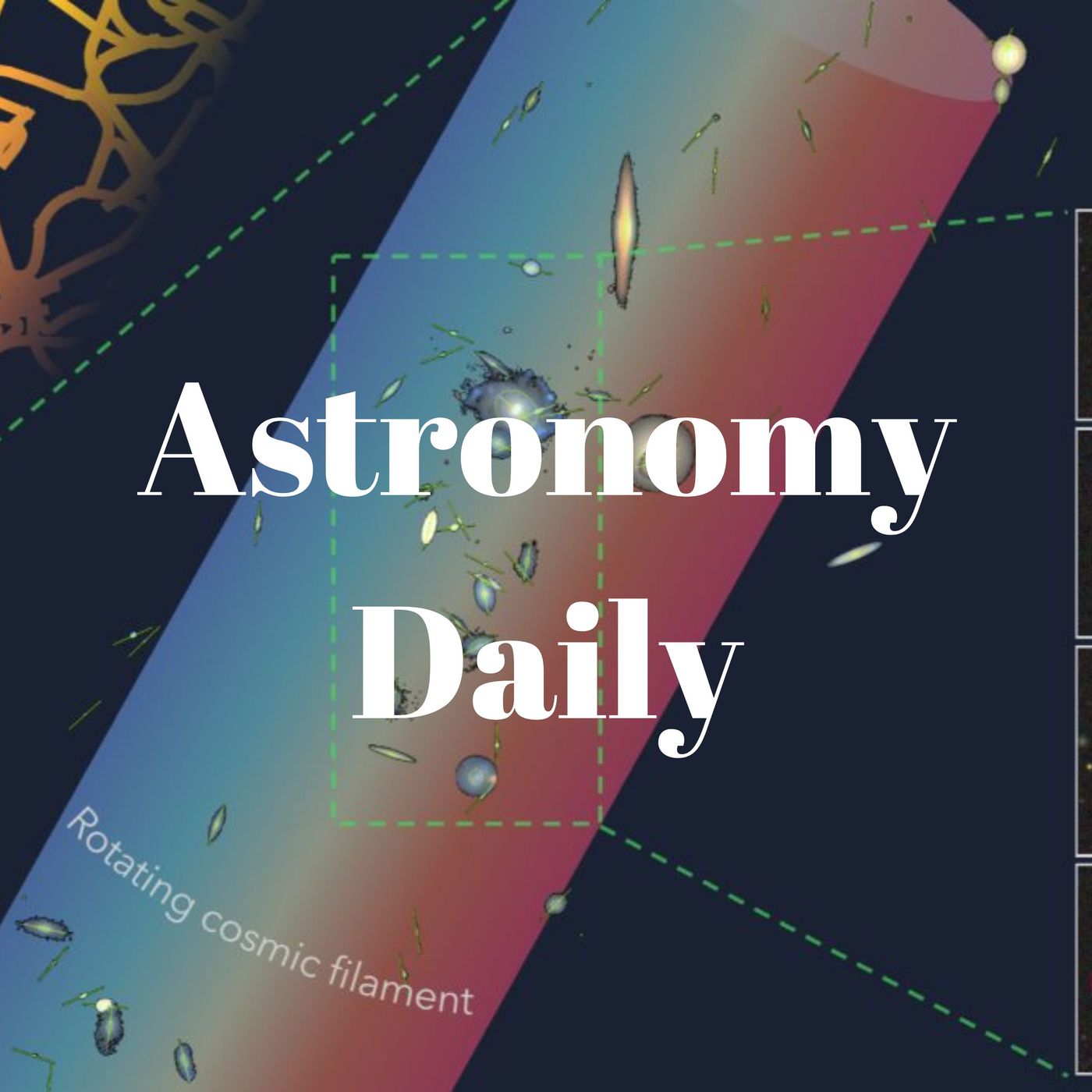
Discovery of a Cosmic Filament: Astronomers have uncovered a remarkable string of 14 galaxies spinning in unison within a colossal cosmic filament, a structure that is about 50 million light years long and rotates at an astounding 110 kilometers per second. This discovery reveals the profound influence of cosmic structures on galaxy formation.China's Earth 2.0 Initiative: The China National Space Agency has unveiled ambitious plans for their upcoming missions aimed at exploring Earth-like planets. These missions include a radio astronomy experiment on the Moon's far side, a solar observatory, a space telescope for studying black holes, and an exoplanet-hunting sa...
Cosmic Telescopes, Orbital Challenges, and the Secrets of Venus

Nancy Chris Roman Space Telescope Assembly Complete: NASA has successfully assembled the Nancy Chris Roman Space Telescope, a major milestone that brings us closer to its anticipated launch in May 2027. This powerful telescope, equipped with a 288-megapixel camera, promises to gather data hundreds of times faster than Hubble, potentially unveiling over 100,000 new exoplanets and billions of galaxies.Russian Soyuz Rocket Launch Damage: Following a successful launch to the International Space Station, damage was discovered at the Baikonur Cosmodrome, attributed to vibrations and heat from the launch. Repairs are expected to take around three months, but there’s no...
Exploding Rockets, Cosmic Rays, and the Secrets of Asteroid Bennu
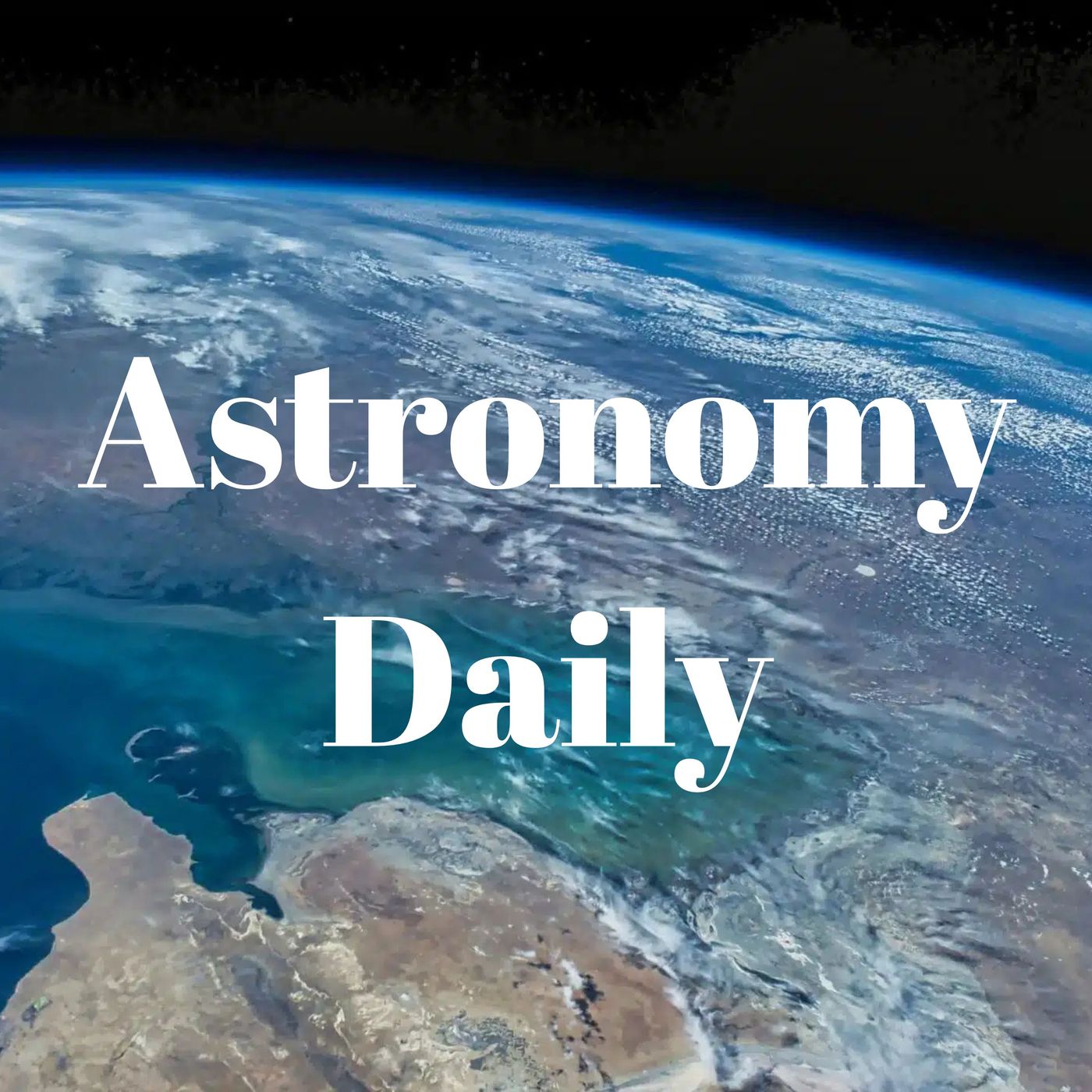
China's Zhuqi 3 Rocket Launch: Landspace has successfully launched its Zhuqi 3 rocket, marking a significant milestone in the reusable rocket race. Although the first stage booster experienced a mishap during its landing attempt, the successful reach of orbit demonstrates the progress in China's commercial space industry.WASP 107B's Atmospheric Loss: The James Webb Space Telescope has captured stunning images of the gas giant WASP 107B, which is actively losing its atmosphere due to intense stellar radiation. This phenomenon provides valuable insights into planetary evolution and the life cycles of exoplanets.Asteroid Bennu's Life Ingredients: NASA's Osi...
From Earthly Concerns to Martian Innovations: A Journey Through Space News

Threat to the Atacama Desert: Scientists are raising alarms over a massive renewable energy project near Chile’s Atacama Desert, home to the Paranal Observatory. Concerns include potential light pollution, dust interference, and atmospheric heating that could compromise the region's exceptional astronomical conditions. The scientific community is advocating for solutions to minimize these impacts while balancing sustainable energy needs.Blue Origin's New Innovations: Blue Origin has unveiled exciting new hardware, including the Blue Moon Mark One robotic lander set to fly by 2026, a more powerful version of the New Glenn rocket, and Blue Ring, a space tug...
Spacecraft Drama, Galactic Neighborhoods, and the Push for a Circular Space Economy

Emergency Return of Shenzhou 20: China's Shenzhou 20 spacecraft is making an uncrewed emergency return to Earth after sustaining damage from a micrometeoroid, which caused a crack in its window. The crew safely returned on a different vessel, marking a significant first for China's space program.Galactic Neighborhoods Matter: The Deep Extragalactic Visible Legacy Survey (DEVELS) reveals that a galaxy's local environment significantly influences its evolution. Galaxies in crowded clusters exhibit slower star formation rates compared to isolated ones, providing crucial insights into cosmic evolution.Launch Week Extravaganza: This week sees 10 scheduled orbital launches, including five Sta...
European Launch Ambitions, Starquake Mysteries, and the Quest for Hidden Stars

ESA's European Launcher Challenge: The European Space Agency is taking significant steps towards enhancing its commercial launch market, with member states committing over 900 million euros to the European Launcher Challenge. This initiative will see ESA acting as an anchor client, co-funding upgrades for private companies and stimulating competition and innovation in space launch services.Starquakes and Black Holes: Scientists are uncovering the mysteries of dormant black holes through the study of starquakes, or asteroseismology. Two systems, Gaia BH2 and Gaia BH3, reveal intriguing contradictions in the ages and compositions of their red giant stars, prompting a re...
Private Telescopes, Troubled Launch Pads, and Webb's Black Hole Breakthrough

Launch of the Mauve Telescope: A groundbreaking new space telescope named Mauve, about the size of a mini fridge, has successfully launched aboard a SpaceX transporter mission. Owned by Blue Skies Space, this private telescope will operate on a subscription model, offering unique ultraviolet data that could revolutionize astronomical research by providing dedicated access to space-based observations.Roscosmos Launch Pad Trouble: Following the successful launch of the Soyuz MS.28 crew to the ISS, Roscosmos has reported significant damage to its only active crewed launch pad at Baikonur Cosmodrome. A maintenance cabin collapsed during a post-launch inspection, po...
Lightning on Mars, New Cosmic Objects, and the Future of European Spaceflight
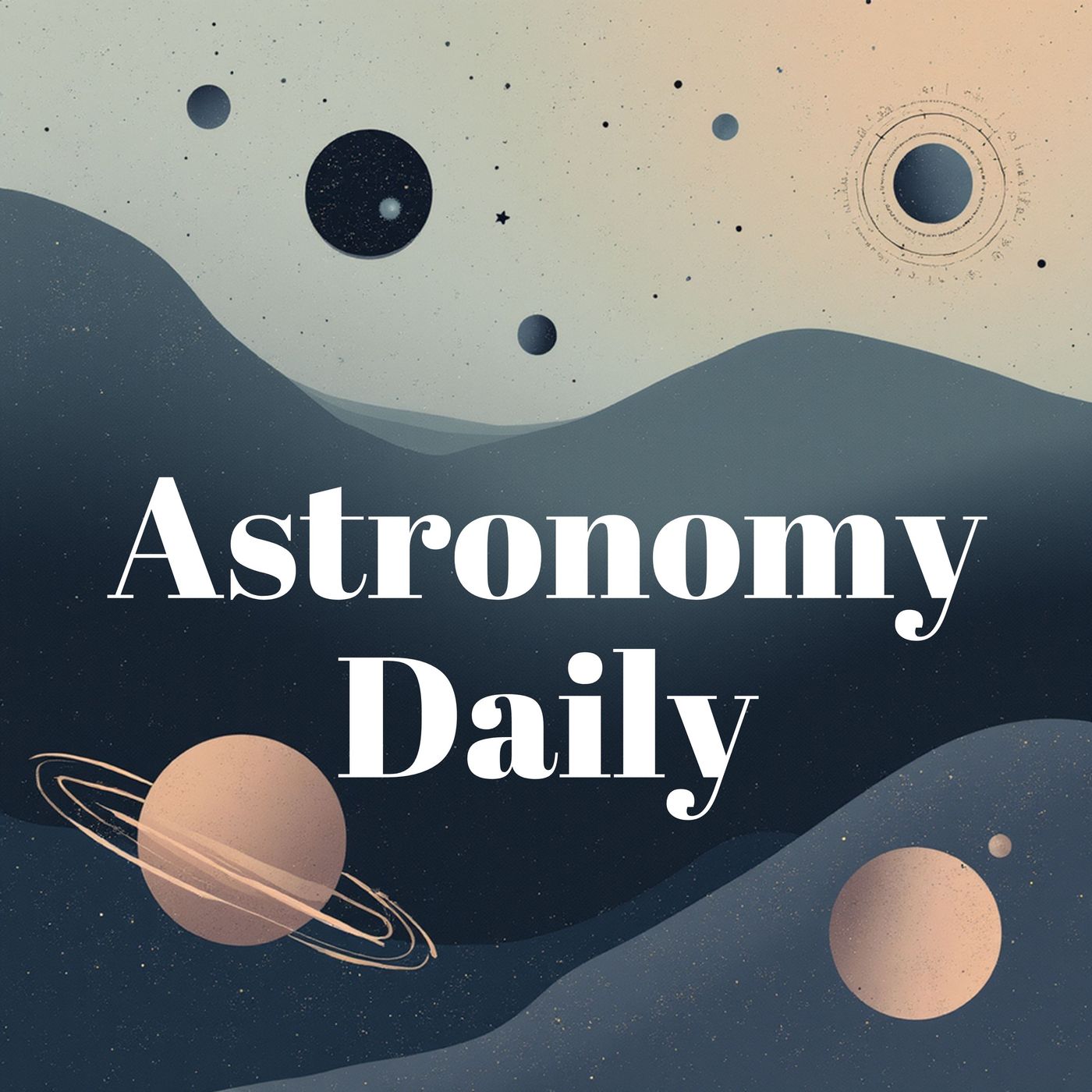
Lightning on Mars: NASA's Perseverance rover has potentially captured the first direct evidence of lightning on Mars. Using its super-sensitive microphone, the rover recorded distinct crackling sounds, suggesting that electrical discharges may be caused by the planet's notorious dust storms. This discovery indicates that Mars has a more dynamic atmosphere than previously thought, raising excitement for future crewed missions.Thanksgiving Crew Launch: A crew of three, including one NASA astronaut and two Russian cosmonauts, successfully launched to the International Space Station aboard a Soyuz rocket. Their eight-month mission will involve overseeing a variety of scientific experiments an...
SpaceX Scrubs Launch, Mars Tracks Interstellar Visitor, and Roman Telescope's Game-Changing Potential

(00:00:00) Astronomy Daily podcast features the latest news from across the cosmos
(00:00:35) SpaceX scrubbed the launch of their Transporter 15 mission on Wednesday
(00:02:45) SpaceX scrubbed its B1062 booster due to unspecified issue
(00:04:26) Scientists used data from a spacecraft orbiting Mars to predict comet's path
(00:05:42) Improved trajectory means telescopes and other spacecraft can track comet with greater accuracy
(00:07:57) NASA's Nancy Grace Roman Space Telescope is scheduled for launch in 2027
(00:10:14) NASA astronaut Chris Williams and two cosmonauts set for Thanksgiving mission
(00:11:09) South Korea's homegrown Nuri rocket successfully launched on November 26th
(00:12:13) Astronomy Daily features the best...
Dark Matter Breakthrough, Seven Rocket Launches, and Mars' Meteorite Discovery

Breakthrough in Dark Matter Research: A potential game-changing discovery has emerged in the search for dark matter. An astronomer from the University of Tokyo has detected high-energy gamma rays that align with theoretical predictions for dark matter particle collisions. This intriguing signal could provide the first direct evidence of dark matter, specifically linked to the hypothesized WIMPs (weakly interacting massive particles), marking a monumental step in understanding one of the universe's greatest mysteries.Busy Week for Rocket Launches: This week is set to be a thrilling one for space enthusiasts, with a total of seven launches fr...
Boeing's Starliner Shift, China's Lifeboat Launch, and a Cosmic Mystery Unveiled

Boeing's Starliner Mission Shift: A significant change has been announced for Boeing's Starliner 1 mission, now transitioning to a cargo-only mission to the ISS, scheduled for no earlier than April 2026. This decision follows a challenging crew flight test earlier this year, emphasizing safety and the need for further analysis and fixes related to thruster issues. The number of required flights for Boeing has also been reduced from six to four, reflecting the success of SpaceX's Crew Dragon.China's Shenzhou 22 Lifeboat Launch: In a remarkable display of operational maturity, China successfully launched the uncrewed Shenzhou 22 mission to its Ti...
Hawking's Triumph, Balloon Telescopes, and a Tilted Exoplanet

Hawking and Einstein Confirmed: In a groundbreaking cosmic event, the collision of two black holes has validated predictions made by both Stephen Hawking and Albert Einstein. Observations from gravitational wave observatories confirmed Hawking's area theorem, showing that the surface area of the resulting black hole increased, and matched Einstein's predictions regarding the black hole's ring down, revealing a new Kerr black hole.Moss Survives in Space: Astonishingly, moss spores exposed to the harsh conditions of space on the International Space Station for nine months were able to germinate upon their return to Earth. This remarkable resilience of...
Starship Setback, Stealth Solar Storm, and Mars' Hidden Water
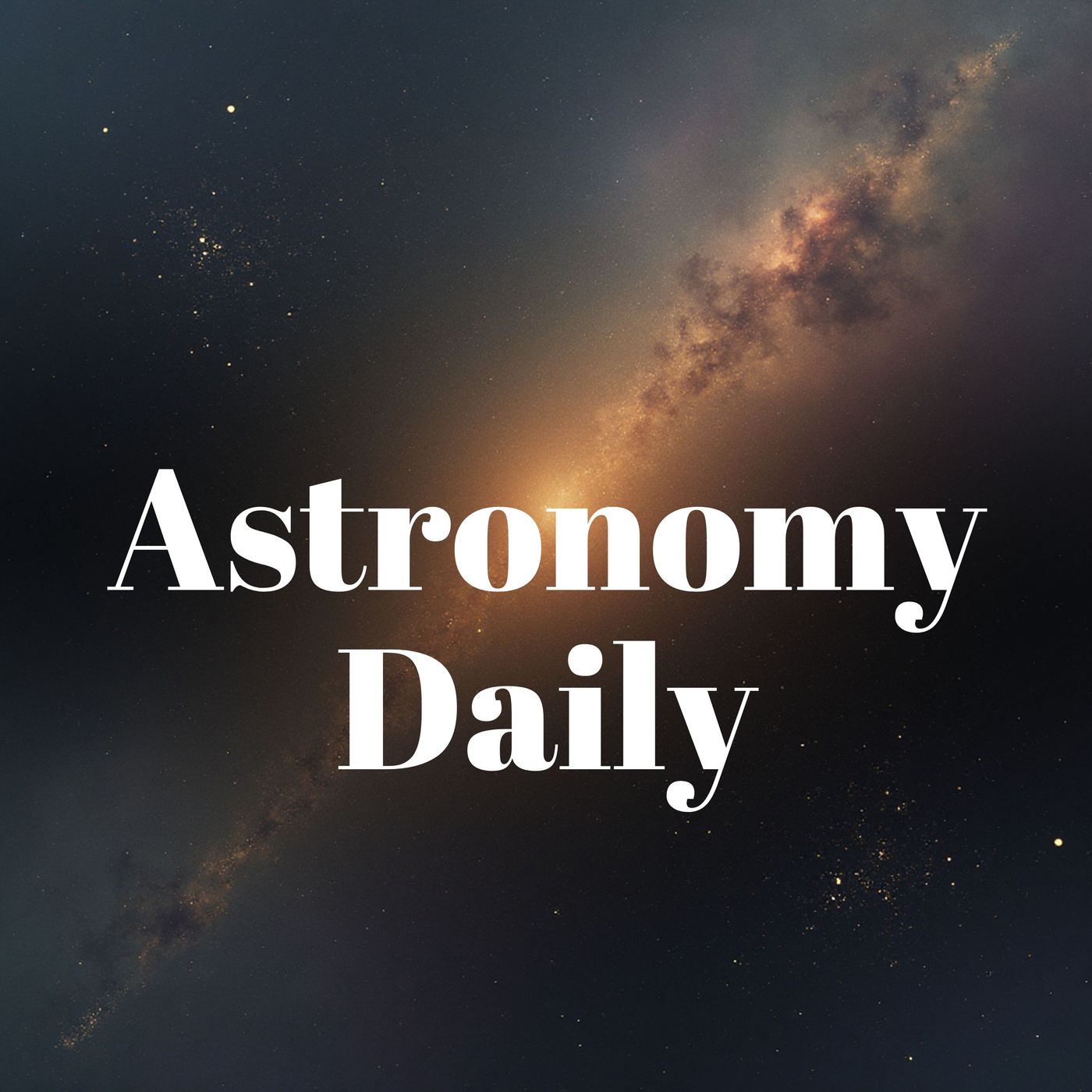
SpaceX's Starship Booster Anomaly: SpaceX faces a significant setback as Booster 18 of its next-generation Starship program suffers a catastrophic rupture during a routine gas system pressure test. The failure of a composite overwrapped pressure vessel has left the company with no completed flight-ready boosters, prompting a shift in focus to Booster 19. Fortunately, this incident occurred during ground testing, allowing for necessary improvements before future flights.Stealth Solar Storm Strikes Earth: On November 20, a stealth solar storm arrived unexpectedly, creating stunning auroras at lower latitudes. Unlike typical coronal mass ejections, this event was difficult to predict, highlighting ch...
SpaceX's Launch Record, China's Lunar Mystery, and AI Life Detectives

Historic Launch Milestone at Cape Canaveral: This week, SpaceX's Falcon 9 rocket is set to achieve a remarkable milestone as it becomes the 100th launch from the Cape Canaveral and Kennedy Space Center area in a single year. This achievement highlights the incredible advancements in reusable rocket technology, which has transformed the economics of spaceflight.China's Senzhou Spacecraft Drama: A replacement uncrewed Senzhou spacecraft is launching soon to replace the damaged module that caused the crew of Shenzhou 20 to return to Earth in a different spacecraft. This highlights the challenges of space travel while ensuring the safety of...
Interstellar Comet Secrets, Enceladus' Organic Treasure, and a Lunar Surprise
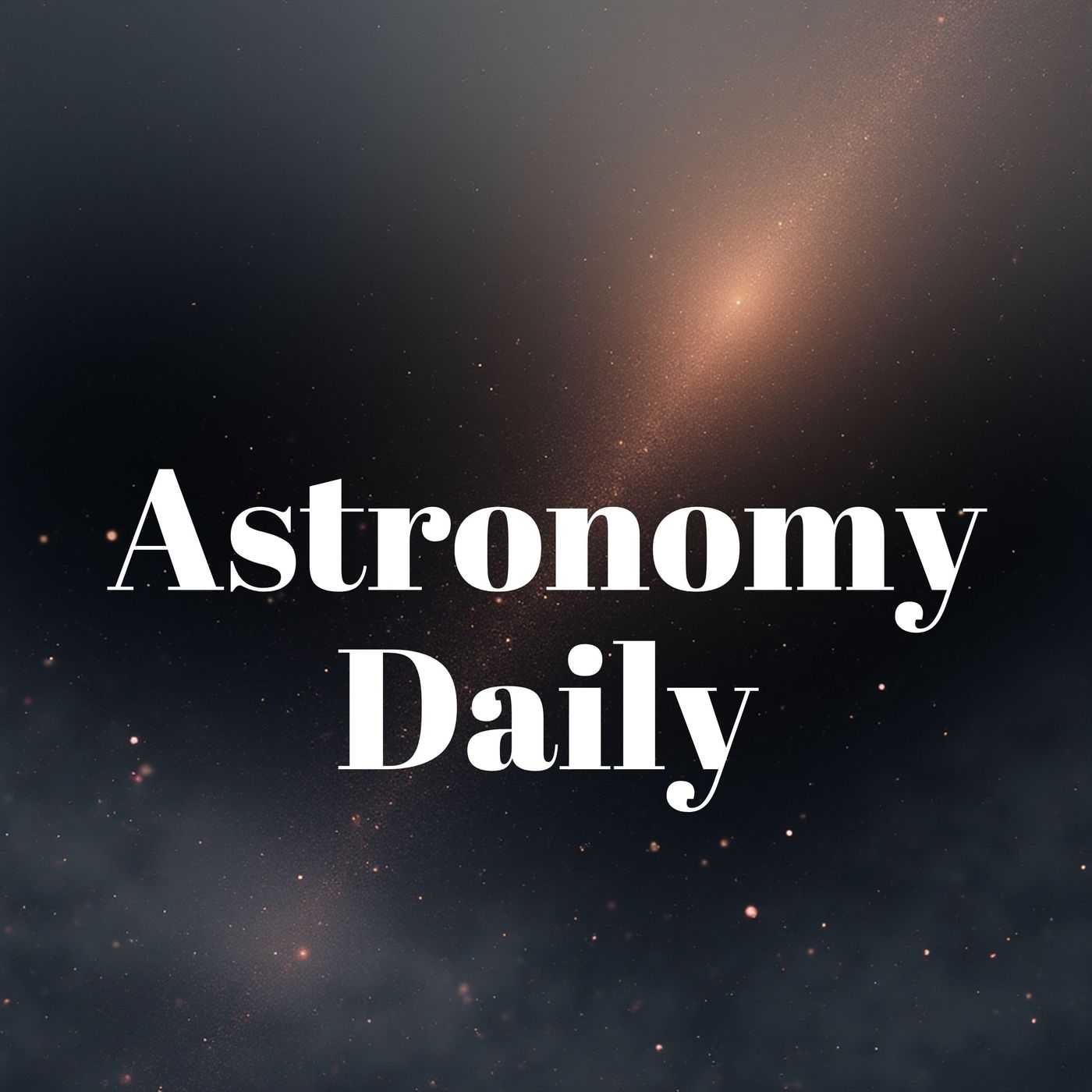
Interstellar Comet 3I Atlas: NASA has unveiled new images and data of the interstellar comet 3I Atlas, the third confirmed visitor from beyond our solar system. This comet, rich in carbon dioxide and water ice, offers a unique opportunity to study ancient material from a distant solar system, challenging previous assumptions about interstellar objects.Enceladus' Organic Compounds: Exciting findings from NASA's Cassini mission reveal previously undetected organic compounds in the plumes of Saturn's moon Enceladus. These complex molecules suggest potential for life, as they may serve as precursors to amino acids, highlighting Enceladus as a prime ca...
Euclid's Galactic Insights, Geminid Wonders, and Runaway Stars Revealed
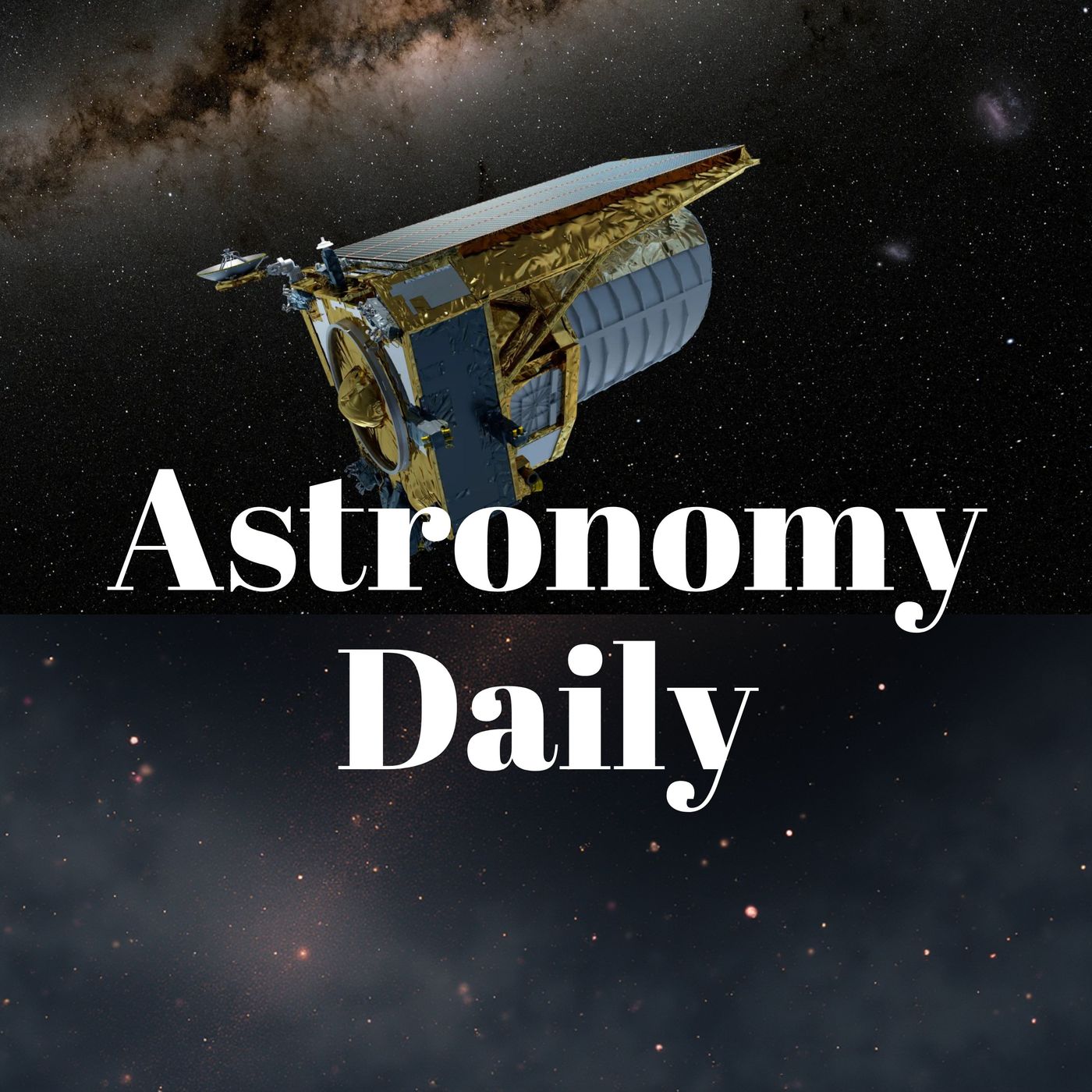
Euclid Space Telescope's Groundbreaking Findings: The European Space Agency's Euclid mission is revolutionizing our understanding of galaxy evolution just a year into its operations. With the capability to observe over 1.2 million galaxies, Euclid is addressing fundamental questions about galaxy shapes and their formation history, paving the way for a modern galactic tuning fork diagram.The Spectacular Geminid Meteor Shower: The Geminid meteor shower is set to peak on December 13th and 14th, promising a dazzling display of bright and colorful meteors. With a waning crescent moon providing optimal viewing conditions, it's the perfect opportunity to witness th...
Lunar Delays, Global Launch Frenzy, and a Stellar Discovery

NASA's Artemis 3 Mission Delays: A new report indicates that NASA's Artemis 3 mission, aimed at landing astronauts on the moon, is now projected to occur in 2028 instead of the previously planned 2026. This delay is primarily due to the ongoing development challenges faced by SpaceX's Starship, which is key to the mission's success.Launch Week Extravaganza: It's a busy week for space launches, with SpaceX planning five Falcon 9 missions, including four for their Starlink Internet Constellation and a rideshare mission. China is also active, with three launches, including the critical Shenzhou 22 spacecraft heading to the Tiangong Space Station....
Cosmic Speedsters, Satellite Shakeups, and a Milky Way Masterpiece
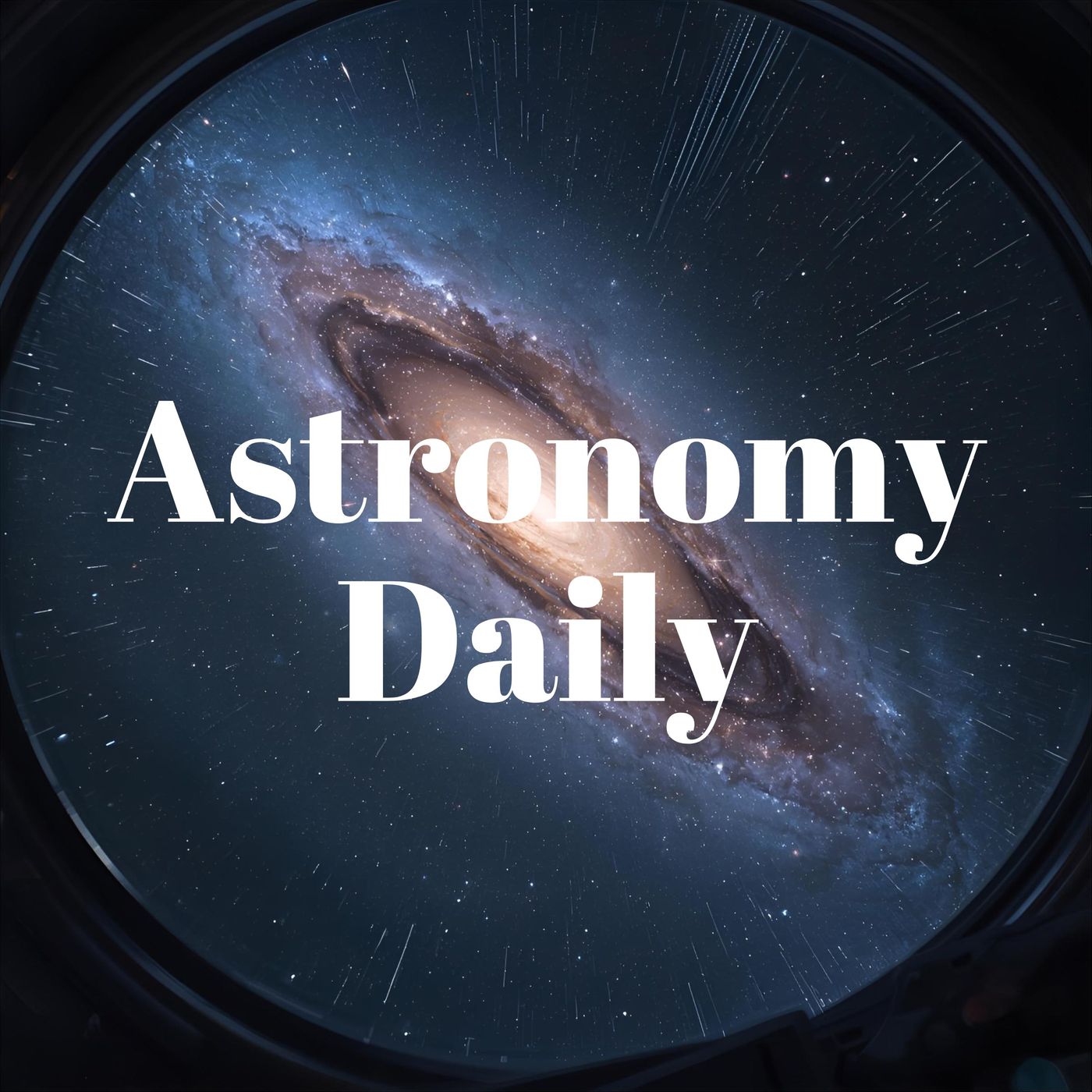
Solar System's Surprising Speed: A groundbreaking study reveals that our solar system is moving through space much faster than current cosmological models predict. Observations of distant radio galaxies show a lopsided distribution, suggesting we are rushing towards them, leading to questions about the validity of the cosmological principle itself.Amazon's Project Kuiper Rebranded: Amazon has officially rebranded its satellite internet initiative from Project Kuiper to simply "LEO," signaling a strategic shift towards larger commercial contracts rather than individual home connections. This move positions Amazon to compete directly with SpaceX's Starlink in the lucrative satellite data market....
Stranded Astronauts, Scenic Mars Missions, and a Super Earth Discovery
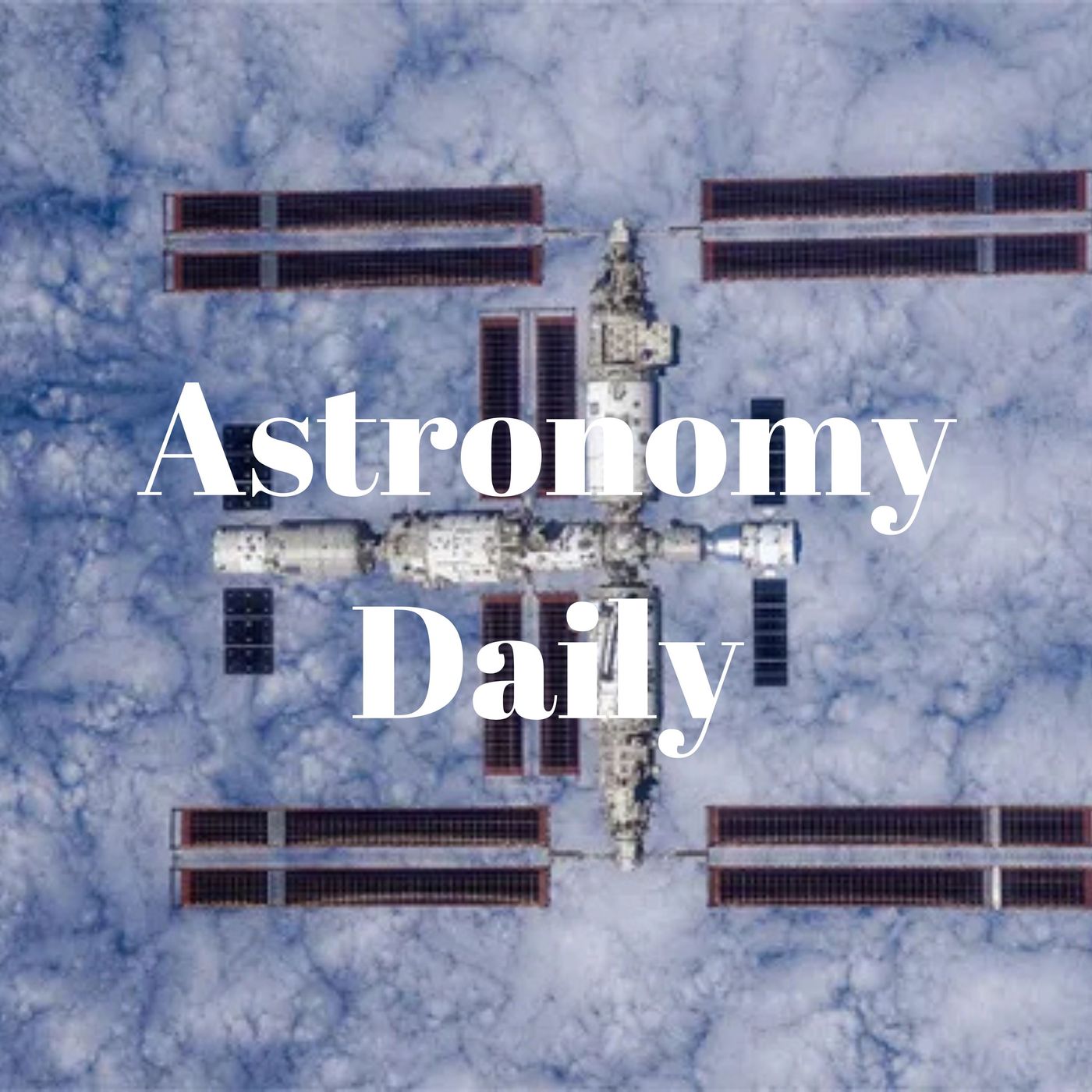
Tiangong Space Station's Stranded Crew: The Shenzhou 21 crew aboard the Tiangong Space Station faces a precarious situation after the Shenzhou 20 mission astronauts returned home using their capsule, which was damaged by space debris. With no immediate escape vehicle, the crew awaits the uncrewed launch of Shenzhou 22, highlighting the risks posed by space debris in low Earth orbit.NASA's Scenic Route to Mars: NASA's Escapade mission has launched twin probes, Blue and Gold, that will take an innovative detour to Mars. Instead of heading directly, they will first travel to the second Lagrange point (L2) to study sp...
Rocket Triumph, Astronaut Rescue, and Cosmic Crater
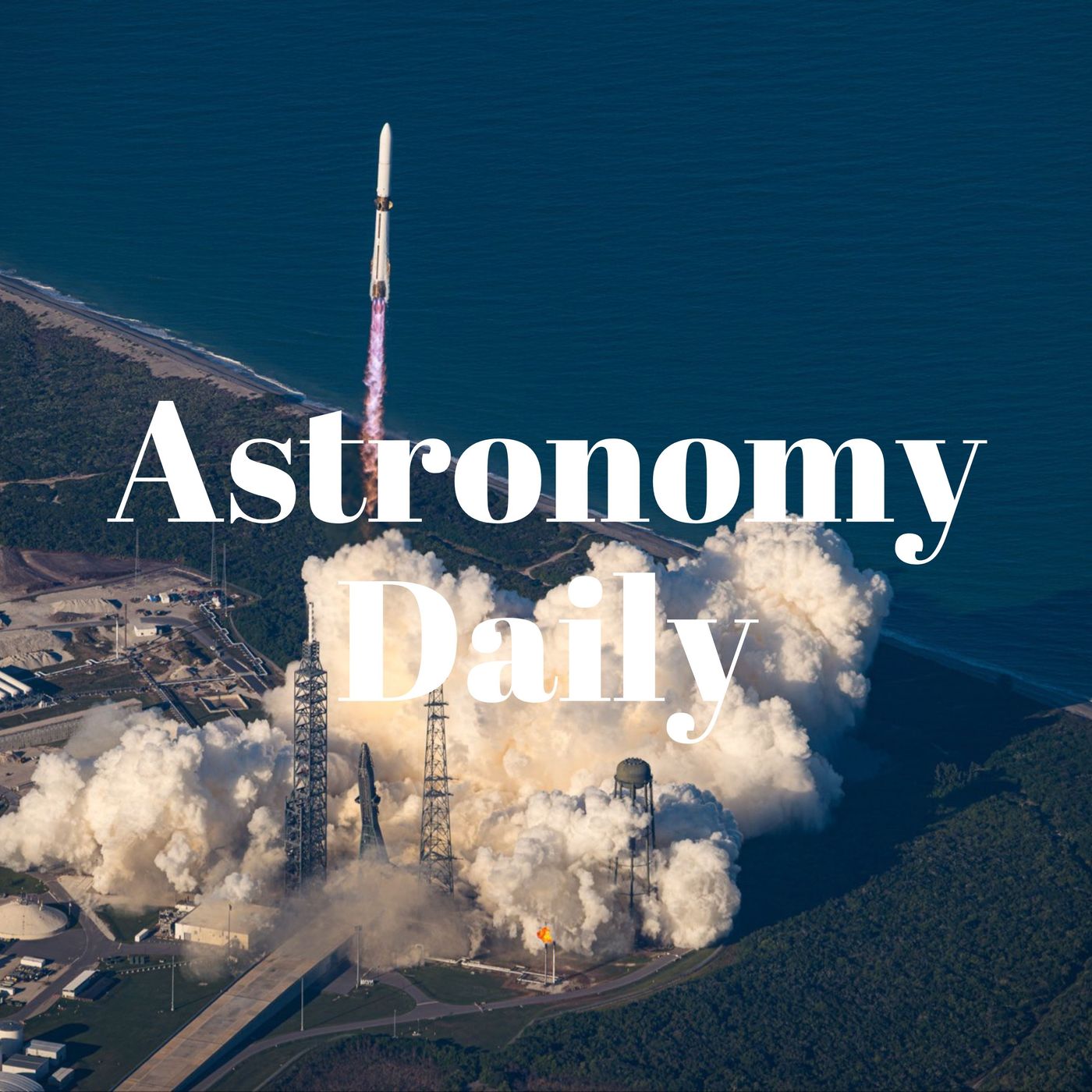
Blue Origin's New Glenn Rocket Success: Blue Origin celebrated a significant milestone with the successful launch of its New Glenn rocket, deploying a NASA science mission destined for Mars. The highlight was the first successful landing of the rocket's first stage on an autonomous drone ship, showcasing advanced engineering and precision technology crucial for future missions.Chinese Astronauts' Safe Return: Three astronauts aboard the Tiangong Space Station faced a tense situation when cracks were discovered in their Shenzhou 20 spacecraft's window due to micrometeoroid impacts. Fortunately, they were able to transfer to the newly arrived Shenzhou 21 spacecraft fo...
Solar Storms, Stellar Family Trees, and Our Interstellar Visitor
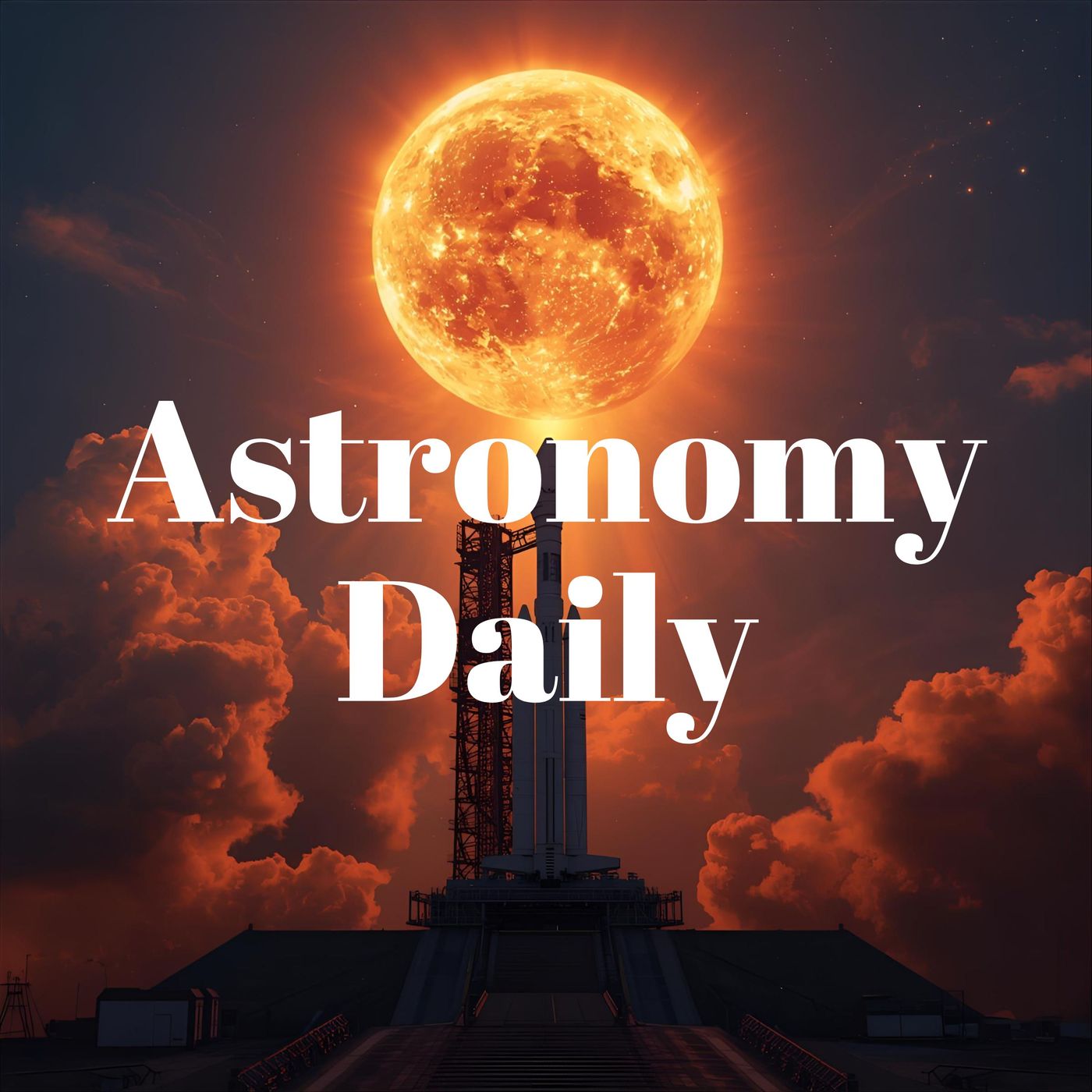
Blue Origin's Launch Challenges: Blue Origin's new Glenn rocket faced multiple delays during its crucial launch carrying NASA's Escapade satellites, which are set to study Mars's magnetosphere. The delays were exacerbated by adverse weather conditions and the aftermath of a powerful geomagnetic storm that affected communications on Earth.Powerful Solar Flare Strikes: The sun unleashed an X 5.1 class solar flare, the most intense since 2024, causing significant radio blackouts across parts of Africa and Europe. Concerns rise over a potential coronal mass ejection (CME) associated with the flare, which could lead to a G4 geomagnetic storm watch, af...
Space Policy Showdown, Mars Missteps, and Cosmic Beginnings
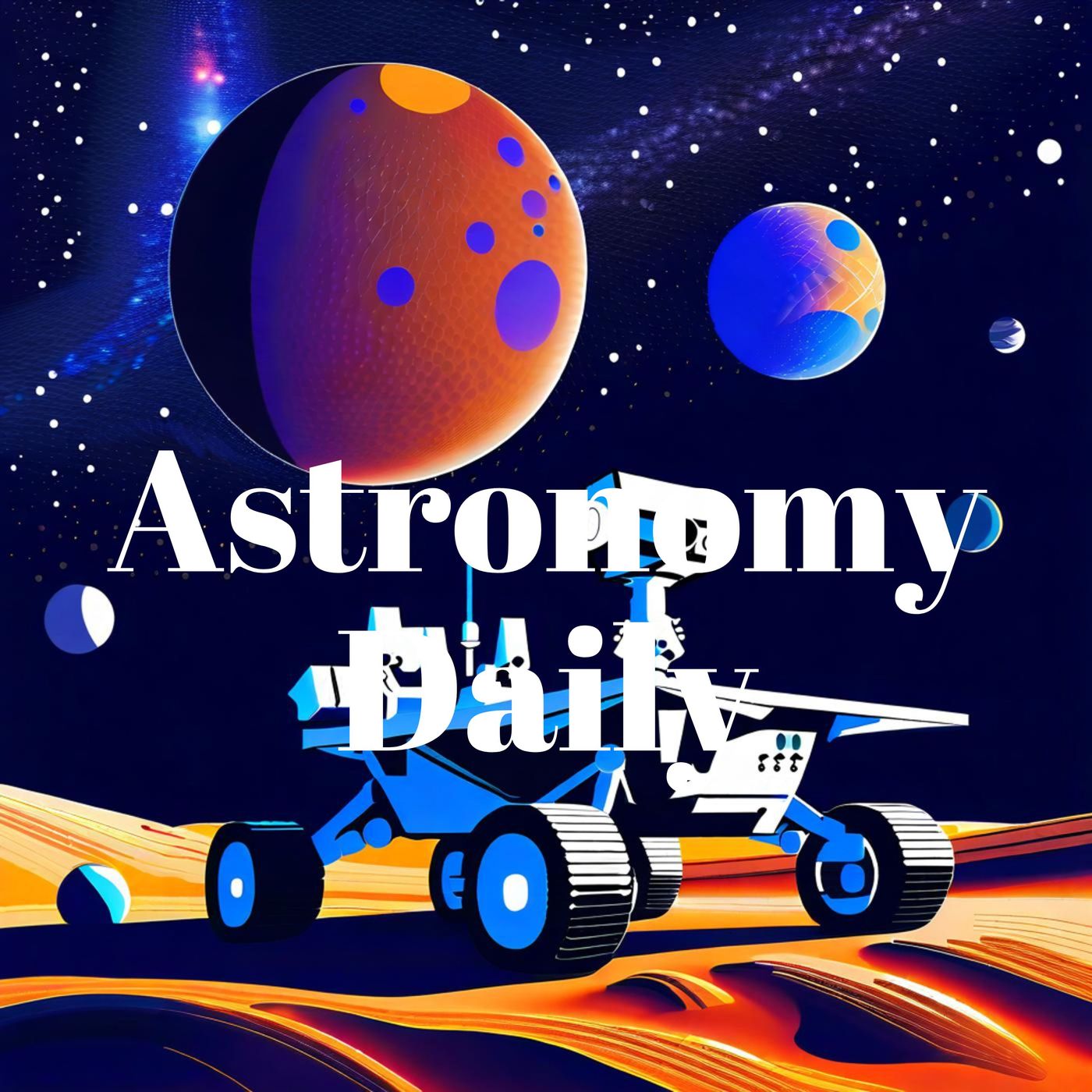
US-EU Space Regulatory Clash: The United States has formally opposed the European Union's proposed EU Space Act, arguing that its regulations could impose unfair burdens on American space companies. The act aims to establish a unified regulatory framework for Europe's space industry, focusing on safety, resilience, and sustainability. The US claims that certain provisions unfairly target large telecommunications satellite constellations, particularly SpaceX's Starlink, and calls for recognition of its existing licensing framework to avoid duplication.Revisiting a Mars Mistake: A significant scientific error from the 1970s is being re-evaluated as new findings reveal that NASA's Viking La...
Rocket Failures, Black Hole Breakthroughs, and Movies in Space

Chinese Rocket Failure: Galactic Energy's Ceres 1 rocket faced a setback with its second-ever launch failure, as the upper stage shut down prematurely, resulting in the loss of three satellites. The company is investigating the cause while maintaining a respectable success rate of over 90% across 22 missions.Black Hole Mystery Solved: Astronomers have unraveled the enigma of an "impossible" black hole merger that produced a black hole within the upper stellar mass gap. New simulations incorporating magnetic fields revealed that material was ejected before the merger, allowing the resulting black hole to fit into this previously unexplained range....
Launch Delay, Stellar Discoveries, and Outlandish Space Food
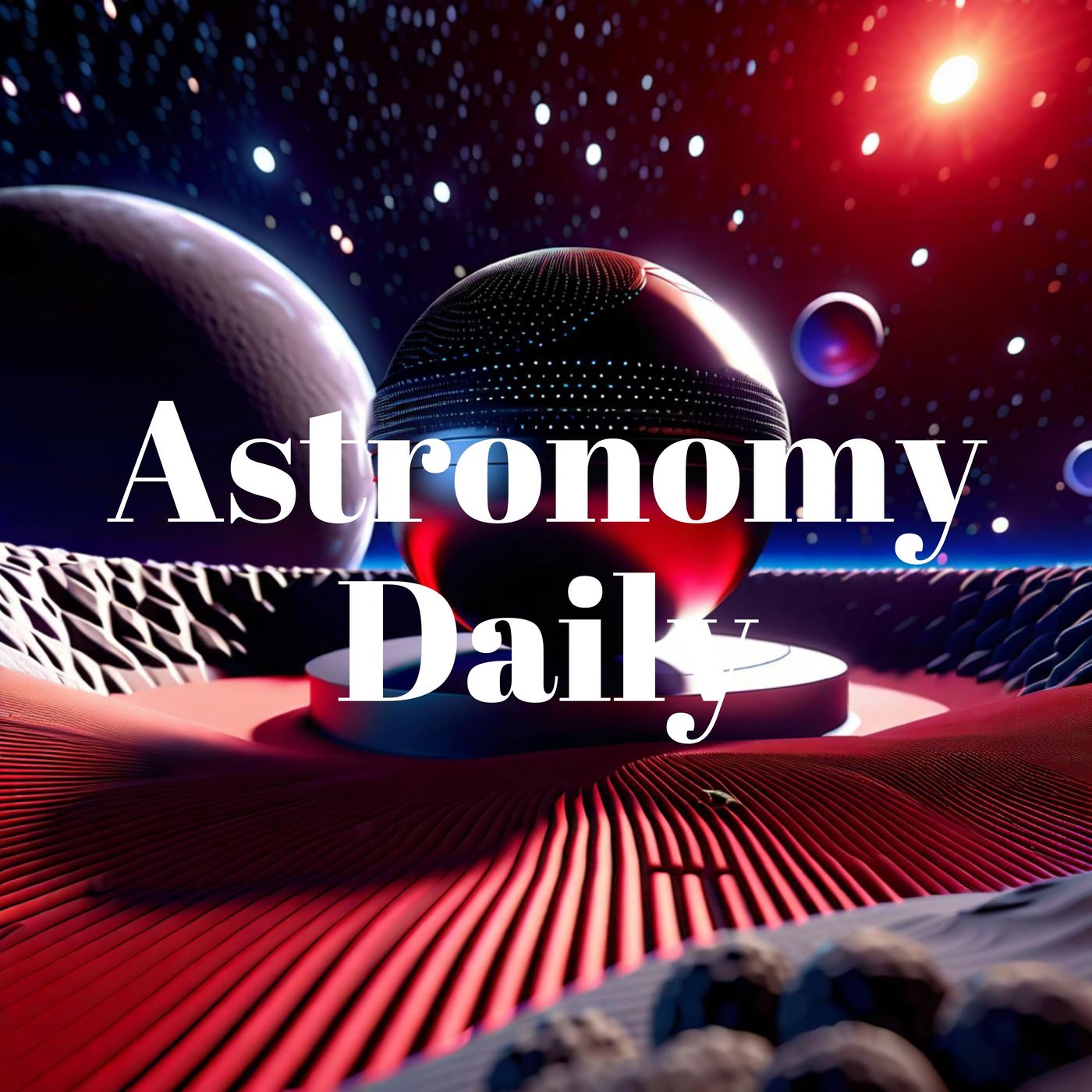
Blue Origin's Launch Scrubbed: Blue Origin faced a major setback as their second New Glenn rocket launch, carrying NASA's Escapade spacecraft to Mars, was scrubbed due to bad weather, minor equipment issues, and an unexpected cruise ship entering the restricted flight path. The new launch date is set for November 12, with high hopes for a successful mission.Discovery of TOI2267: Astronomers have confirmed a groundbreaking exoplanet system, TOI2267, located 72 light years away in a binary star system. This marks the first time planets have been found transiting both stars, challenging existing models of planet formation and su...
Cosmic Auroras, Planetary Demise, and Martian Mysteries

Stunning Aurora Display: Mark your calendars for November 5th to 8th, 2025, as a powerful geomagnetic storm is set to light up the night sky with breathtaking auroras. Classified as a G3 storm, this display will be triggered by a significant coronal mass ejection from the Sun, resulting in vibrant colors visible farther south than usual.The Fate of Earth: NASA's Transiting Exoplanet Survey Satellite (TESS) reveals alarming insights into the fate of planets orbiting sun-like stars. As these stars enter their red giant phase, they often engulf their inner planets. New data suggests that Earth's future ma...
Launch Scrubs, Voyager's Milestone Journey, and 3D Exoplanet Mapping

Viasat 3F2 Launch Scrubbed Again: The United Launch Alliance faced another setback as the launch of the Viasat 3F2 satellite was scrubbed for the second time this week due to persistent valve issues. This hefty communication satellite is crucial for providing high-speed internet across the Americas, following the challenges faced by its predecessor.Voyager 1's Historic Milestone: Voyager 1 is set to make history in November 2026 by becoming the first human-made object to travel a full light day away from Earth, approximately 25.9 billion kilometers. Launched in 1977, this remarkable spacecraft continues to send data back to Earth as it...
